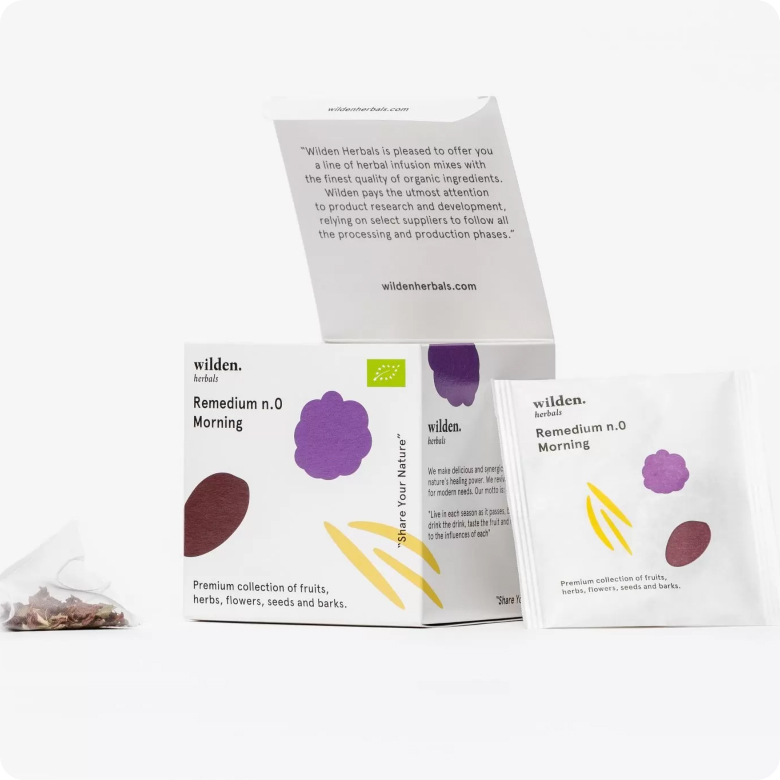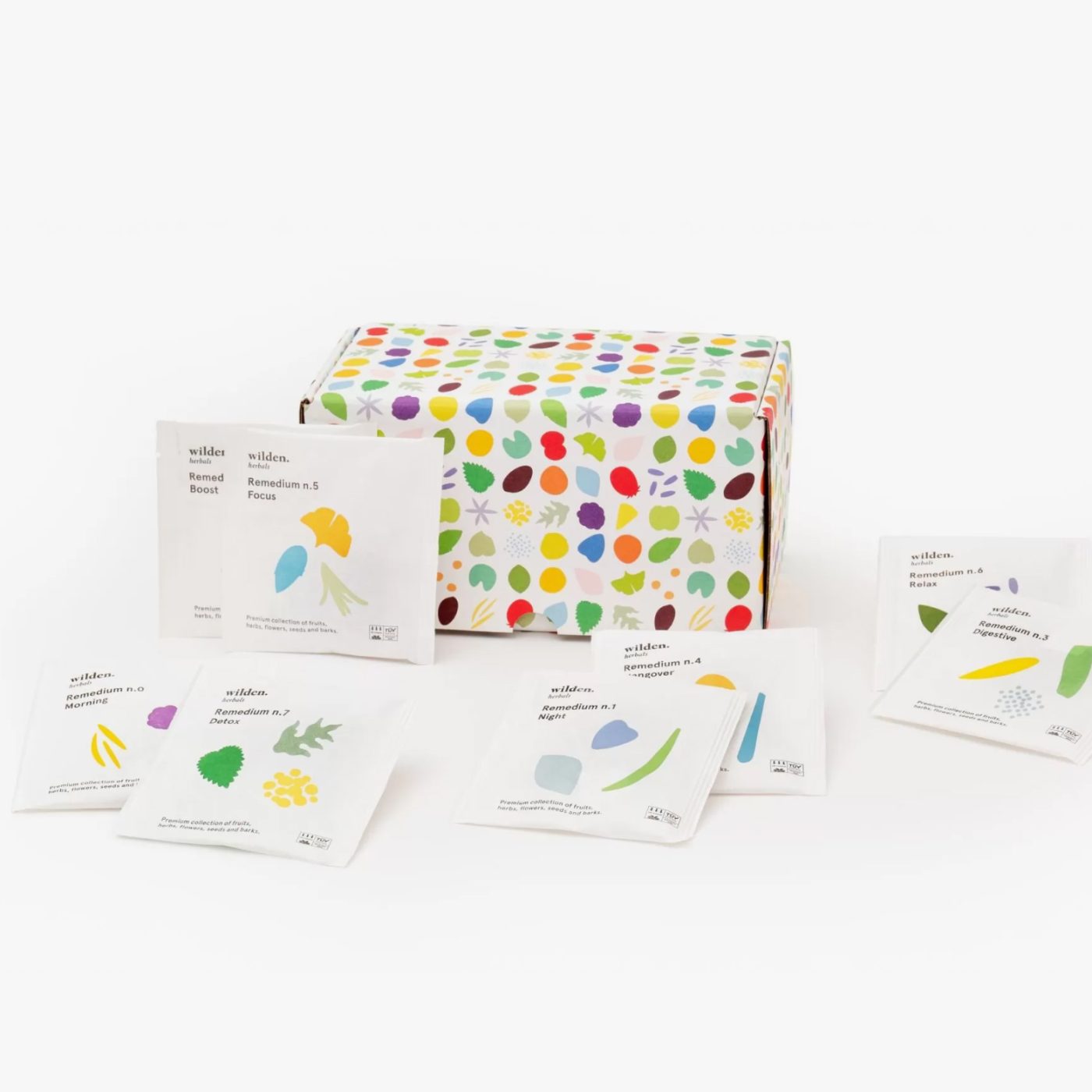Hawthorn: history and uses of the fragrant symbol of weddings
With fragrant flowers with a sacred allure, hawthorn has always stood for prosperity and peaceful living. Beloved since ancient times by Celts and Latins, hawthorn is not just a plant, it is a true amulet. In this article, we tell you about the origins, properties and uses of this valuable wellness ally.
Table of contents:
The plant
History.
What are the properties and benefits of hawthorn?
How to use hawthorn?
Curiosities
The hawthorn plant
When one encounters it, one cannot help but notice it. Delicate and discreet with its astral whiteness, hawthorn is a plant with a strong symbolic charge much loved by nascent couples. Its scientific name is Cretaegeus Oxyacantha, it belongs to the Rosaceae family and is widespread in the temperate zones of the northern hemisphere; you will therefore find it throughout Europe, North America, as well as in North Africa and western Asia.

In Italy it is easily encountered in the plains and in the mountains up to 1,500 meters in those areas where the climate is warmer.
The history of hawthorn
Considered sacred in ancient times, hawthorn was the undisputed star of altars and nuptial ceremonies, where it was used to be placed as a good omen of the union. In medieval times this delicate but only seemingly harmless plant stood in the center of squares as a votive symbol around which people danced and sang to encourage propitiatory rites.
Its name comes from the Greek terms kratos, oxus , and anthos, meaning “strength,” “sharp,” and “flower,” respectively, perfectly describing this two-faced plant. While in fact we all remember the hawthorn’s pleasant and delicate smell, the plant also has thorns, making it a thorny perennial shrub.

Very long-lived, a high-mountain specimen can survive for 500 years and reach up to 5 meters in height, and it is precisely because of its thorns, which make it less harmless than we think, that hawthorn has been used for centuries to demarcate fields, elevating the image of barbed wire to which we have become accustomed.
A true amulet of happiness, hawthorn is not only beautiful to look at. Let’s find out its properties and beneficial effects together.
What are the properties and benefits of hawthorn?
A natural cocktail of antioxidants and sterols, hawthorn is a natural source of well-being. The dried flowers and leaves yield flavonoids, which are anti-aging and useful in the prevention of cardiovascular and inflammatory diseases, and proanthocyanidols, which have a sedative and cardioprotective function instead. Hawthorn is also appreciated for its sedative and generally calming function.
In fact, the titrated dry extract of hawthorn reduces heart rate, bringing wellness to blood pressure and ankle swelling, ensuring good widespread blood circulation. An excellent ally in the war on cholesterol, hawthorn hinders atherosclerosis.
Do you suffer from anxiety and restless sleep? Hawthorn herbal tea is the perfect Remedium for sweet dreams. With itscalming and sedative action-even in cases of somatization on the digestive system-hawthorn is a natural relaxant, useful for disposing of too many thoughts and anxieties. In addition, when applied to the skin, hawthorn can reduce stress-related hair loss in men.
How to use hawthorn?
Infusion is the best way to consume hawthorn. Have you already guessed in which Remedium from the Wilden.herbals range you can find it? That’s right, in the Remedium No. 1 – Night. Together with chamomile, linden and mallow, hawthorn in this herbal tea reaches the acme of its relaxing functions. In addition, many menopausal women find this herbal tea to be an excellent natural drainer. Could it be a coincidence that hawthorn’s benefits include counteracting swollen ankles?

Curiosities
If in ancient Greece, hawthorn was considered auspicious and was used as a decoration of nuptial altars, the Celts reserved an entire month for this plant, from mid-May to mid-June. Considered to be the fairy tree, according to ancient folk beliefs, with a little patience one could have glimpsed near the hawthorn tree the very fairy creatures.
Called alba spina, or white thorn, by the Romans, hawthorn was attributed the magical power to drive away evil spirits. It was also used to protect infants: a few sprigs placed to decorate cradles were an assured protection for the unborn.

Bibliography
www.riza.it; www.saperesalute.it/biancospino; ilgiardinodeltempo.altervista.org







